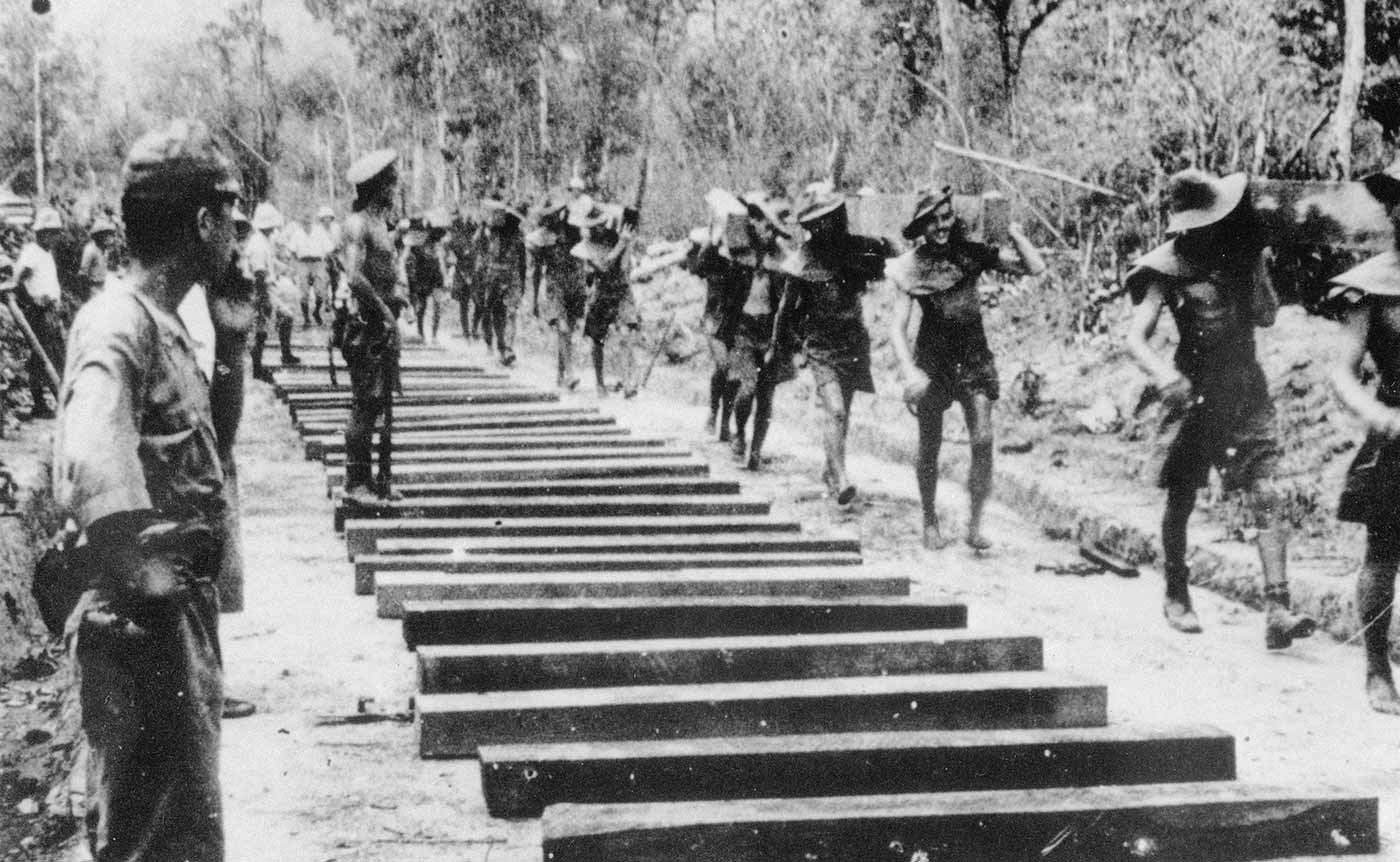The Burma-Thailand Railway might seem like an idyllic way to see beautiful scenery in countries less heavily trafficked by tourists, but many don’t know of its existence; its dark past largely obscured by horrors on the battlefields raging across Europe and stories from Holocaust survivors.
It was built between 1942 and 1943 during WWII, when the Japanese Army conquered parts of Southeast Asia. It took thousands of captive prisoners of war from the Allied Forces down to Burma while also taking the local people hostage. They would labor through the construction of a railway that would span from Thanbyuzayat, Burma (modern-day Myanmar) to Ban Pong, Thailand, a distance of about 250 miles (400 kilometers) each way. The goal was twofold: first, to assist the Japanese in invading the then, British-owned colony of India and, second, to create a way for Japanese troops to transport their military supplies in the ongoing fight to take over Southeast Asia and the Pacific islands.
Laborers were forced to work through the dry season when temperatures soared up to 40 degrees Celsius (105 degrees Fahrenheit, and the rainy monsoon season. Hundreds died each day due to heat exhaustion, malnutrition, and lack of medical aid when disease struck. Many of whom were in their late teens to early twenties when they died. Beatings by the Japanese were a daily occurrence. Working 18-hour shifts with improper tools to cut into the cliff face of the surrounding mountains and having little food to give them energy to power through the day, it was a brutal existence.

